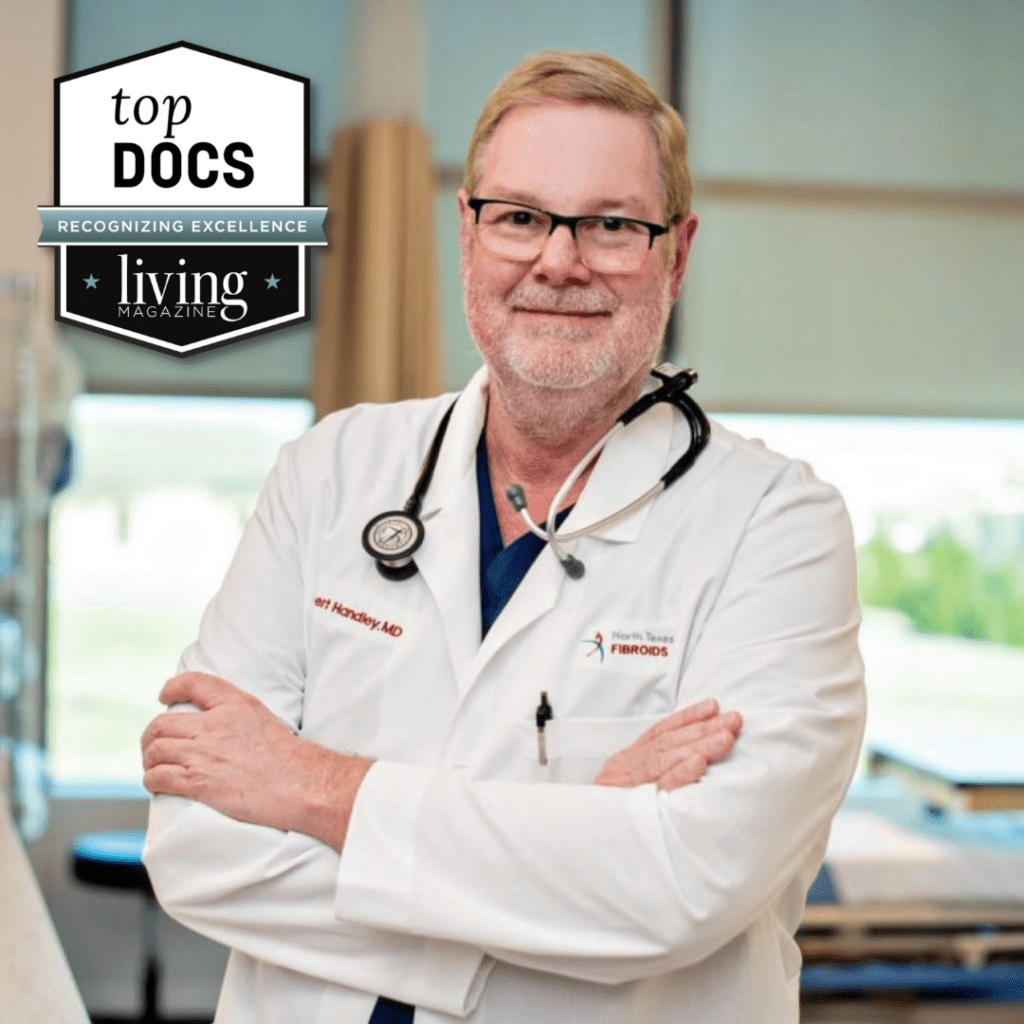You are probably familiar with varicose veins and spider veins, either on yourself or someone you know. You may think of these problems as merely cosmetic. However, they are actually a symptom of vein disease, otherwise known as venous insufficiency. Venous insufficiency develops when the walls and valves of our veins begin to weaken, which impedes their ability to do the job of moving blood efficiently back to the heart. When this happens, blood may start to pool in the vein, often in the legs (because of gravity). This pooling can lead to stretching of the veins and the bluish or reddish bulging vein problems we are so familiar with.
What Dallas, TX patients need to know about the causes of vein disease
Vein disease has many causes, some of which we can do something about and some of which we cannot. Among the factors we can’t change are age (over 50% of people with vein disease are over age 50) and genetics. If you have a family history of vein disease, you are more likely to have it yourself. Among the factors you may be able to change are related to lifestyle. People who are overweight or obese are more likely to develop vein disease, because the extra weight puts extra stress on the circulatory system. People who smoke and who are sedentary (do not exercise) are also at increased risk, for the same reason. That is why losing weight, quitting smoking and maintaining a regular exercise program may be enough to prevent vein disease from ever developing, and can slow the progression of vein disease once it has started.
What are the possible consequences of vein disease if left untreated?
Initially, varicose veins and spider veins may cause minimal discomfort, such as heaviness or achy feeling in the legs. However left untreated, vein disease may develop into skin ulcers, which are painful and quite difficult to treat. There is also the possibility of deep vein thrombosis (DVT), or blood clots. This condition is particularly dangerous because if the clot breaks free from its location in the leg, it could travel up the body to the heart, lungs or brain, where it can cause a deadly embolism. Over 300,000 people die from embolisms every year.
What can I do if I’m concerned about vein disease?
The best first step is a professional evaluation at a reputable varicose vein center or spider vein center. The vein specialists at Flower Mound Vein Center in Flower Mound, Texas, have extensive experience in both diagnosing and treating vein disease, in order to improve both your health and the appearance of your legs. There are a number of effective, minimally invasive varicose vein treatments and spider vein treatments available, all of which can be performed conveniently in our office in about an hour. As there is no need for general anesthetics, you’ll be up and on your way in a short time.
Dr. Robert Handley, leading vein doctor at the Flower Mound Vein Center, can help you learn more about vein disease, and the cost of spider vein treatment and other therapies. Please give us a call at 972.200.3097
for a consultation. We look forward to meeting you.
